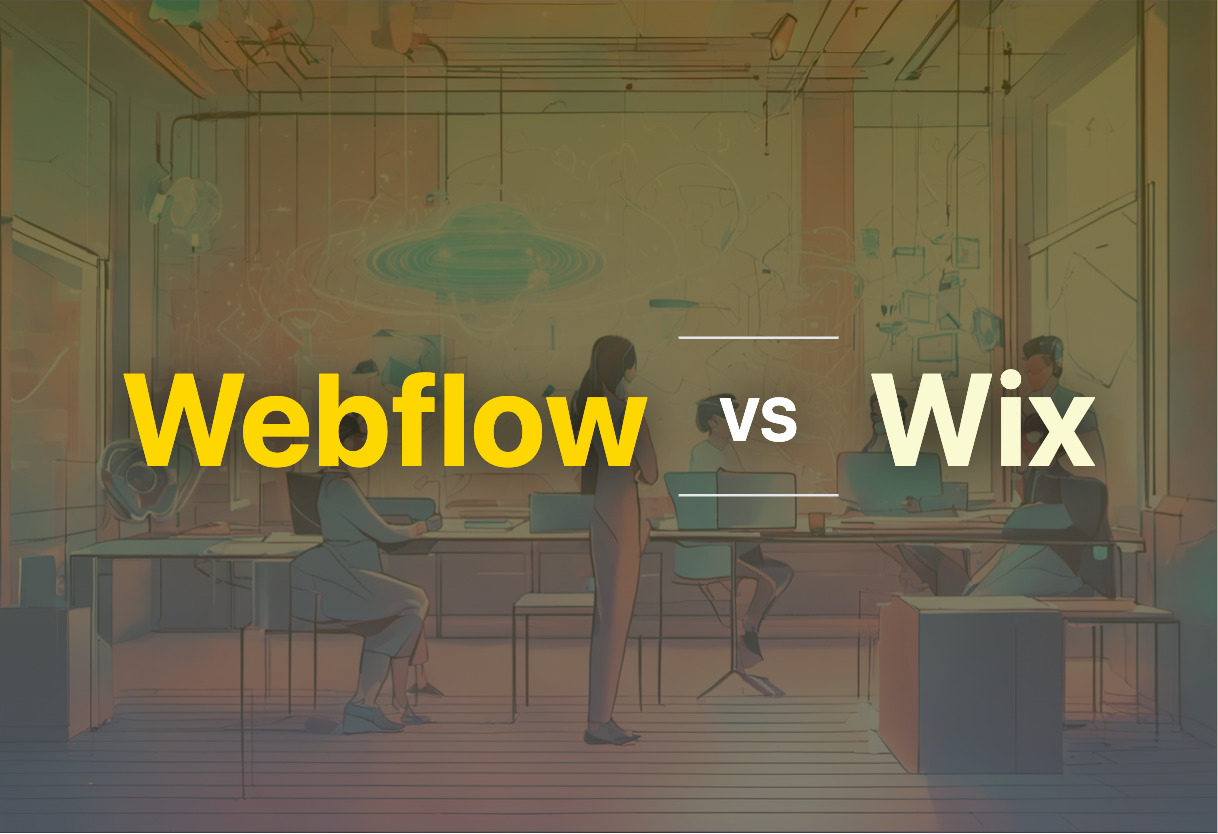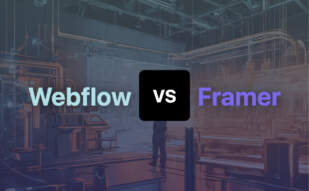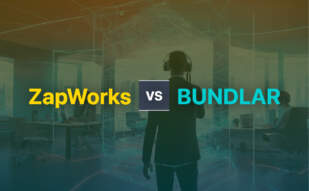For creators that prioritize full design control and custom experiences, Webflow outshines with its live prototyping and robust SEO control. However, if simplicity and rapid deployment are key, the intuitive nature of Wix along with its drag-and-drop features make it a fitting choice.

Key Differences Between Webflow and Wix
- Webflow affords extensive design customization sans coding, while Wix relies on a user-friendly drag-and-drop editor.
- Wix caters to speedy web app deployment through Velo, as opposed to Webflow’s emphasis on live prototyping.
- Webflow aligns more with designer-led branding, offering specific design tools like Interactions and animations.
- Wix is highly scalable, handling high-volume sales, thus efficient for growing businesses, whereas Webflow allows for more detailed tax and shipping management.
| Comparison Point | Webflow | Wix |
|---|---|---|
| eCommerce Platform Type | Coding-free website creation with design control | Intuitive online store builder |
| Suitability | Physical, digital, customizable products and services | Businesses at all stages, brick-and-mortar going online |
| Key Features | Customizable product fields, cart, checkout experience | Manage shipping, payments, marketing |
| Payment Options | Stripe, PayPal, Apple Pay, Google Pay | 80+ options including Wix POS |
| Integration Range | Native interfaces, numerous Zapier apps | Amazon, eBay, Wish, Facebook channels |
| Analytics | Built-in Google Analytics | Site analytics feature included |
| Pricing | Starts at $29/mo (annual) | Various pricing plans (cost-effective) |
| Security | Secure hosting on SSL domain | Fast, reliable, secure eCommerce infrastructure |
| Learning Support | Webflow University video tutorial classes | User-friendly drag-and-drop editor |
| Sale Boosters | Discounts, coupons | Email marketing, Facebook ads, discount coupons |
| Number of Products | Importable and customizable products | Up to 50,000 products |
| Extras | SEO control, live prototyping, development time reduction | Mobile-responsive design, SEO-friendly tools, scalable |
| SEO Assistance | Automatic meta title, description generation from product pages | SEO-friendly tools for enhanced visibility in SERPs |
What Is Webflow eCommerce and Who’s It For?
Webflow eCommerce is a design-led platform for creating robust stores without the need for coding. Founder, Jameel Mohammed, built it to empower users to construct customised end-to-end customer experiences, aimed specifically at web designers, web agencies, and content creators. Beyond just physical products, it also allows digital goods and service sales, making it a versatile solution for all types of businesses.

Pros of Webflow eCommerce
- Advanced design capabilities endorsed by designers
- Quick and secure checkout options
- SEO control supports automatic meta title, description generation
- In-depth shipping and tax management
Cons of Webflow eCommerce
- Relies heavily on Stripe for payment processes
- Some users may find the platform overcomplicated
What Is Wix eCommerce and Who’s It For?
Wix eCommerce is an intuitive platform supporting the sale of goods across various channels including websites and social media. It’s adaptable to businesses at all stages, ideal for startups expanding to global sales and brick-and-mortar businesses transitioning online. Offering a secure e-commerce infrastructure capable of handling high-volume sales, it’s a reliable solution with a strong international presence.

Pros of Wix eCommerce
- Supports over 80 different payment solutions, including Wix POS
- SEO-friendly tools increase visibility in SERPs
- Scalable solution for growing businesses
- Renowned for excellent customer support
Cons of Wix eCommerce
- Design customization can have limits
- Migration to another platform is tricky if the need arises
Webflow vs Wix: The Final Take
We’ve dissected the ins and outs of Webflow and Wix. Now, it’s time to decide which platform pulls ahead in the race.
Enterprise-Level Businesses
If scalability matters to you, Wix is your go-to option. It can handle up to 750 transactions per second, promising robustness for high-volume sales. Furthermore, the global tools it houses are tailor-made for world-wide growth, aligning with the outlook of a visionary enterprise. Integration with international payment providers and multichannel sales outlets such as Amazon and eBay is the cherry on top.

Small-scale eCommerce Ventures
For boutique businesses, cost, design control, and uncomplicated backend management are critical. Webflow shines here. It offers full customization freedom, seamless collaboration options, and a CMS that demands no coding expertise. Besides, its pricing starts at a palatable $29/mo. Order refund and checkout processes are streamlined, adding to the user experience.

Web Designers & Agencies
Professionals with a keen eye for design need a platform that can breathe life into their creative visions. Again, Webflow wins. The brand’s philosophy centres around design-led representation. Its interactions, animations, and live prototyping features are game-changers for designers. Plus, the design community showers their end-to-end customer experiences with praise.

In the Webflow vs Wix combat, both have their unique strengths. Wix emerges as the scalable, versatile platform for global business needs. Webflow, with its affordability, seamless intuitive backend, and designer-led approach, is the choice for smaller eCommerce and design professionals. It’s about picking the platform that fits your unique needs.
Tiffany Brise
Content writer @ Aircada, patiently awaiting a consumer AR headset that doesn’t suck.





